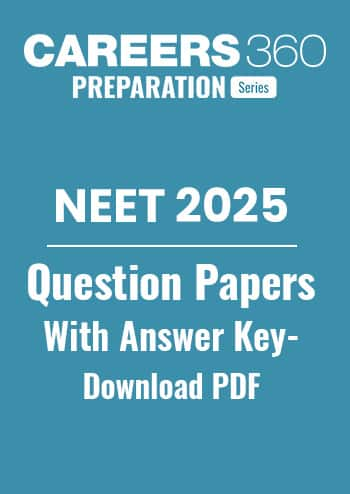Isothermal Expansion of an Ideal Gas MCQ - Practice Questions with Answers
Quick Facts
-
Isothermal Reversible And Isothermal Irreversible is considered one the most difficult concept.
-
13 Questions around this concept.
Solve by difficulty
A gas is allowed to expand in a well insulated container against a constant external pressure of 2.5 atm from an initial volume of 2.50 L to a final volume of 4.50 L. The change in internal energy of the gas in joules will be
Concepts Covered - 1
Isothermal reversible and irreversible
Let us consider a cylinder fitted with a frictionless and weightless piston having an area of cross-section as 'A'. If the extemal pressure (P) is applied on this piston and the value of P is slightly less than that of the internal pressure of the gas When the gas undergoes a little expansion and the piston is pushed out by a small distance dx the work done by the gas on the piston is given by as
Isothermal irreversible expansion of an ideal gas
When a gas expands against a constant external . There is a considerable difference between the gas pressure (inside the cylinder) and the external pressure. The temperature does not change during the process.
Work done in Isothermal reversible expansion of an ideal gas
As a small amount of work done dW on the reversible expansion of a gas through a small volume dV against an external pressure 'P' can be given as
So the total work done when the gas expands from initial volume V1 to final volume V2 is given as
Here negative sign indicates work of expansion and it is generally greater than work in the irreversible process
As in such a case, the temperature is kept constant and internal energy depends only on temperature so it internal energy is constant.
Hence. during isothermal expansion, work is done by the system at the expense of heat absorbed.
Study it with Videos
"Stay in the loop. Receive exam news, study resources, and expert advice!"













